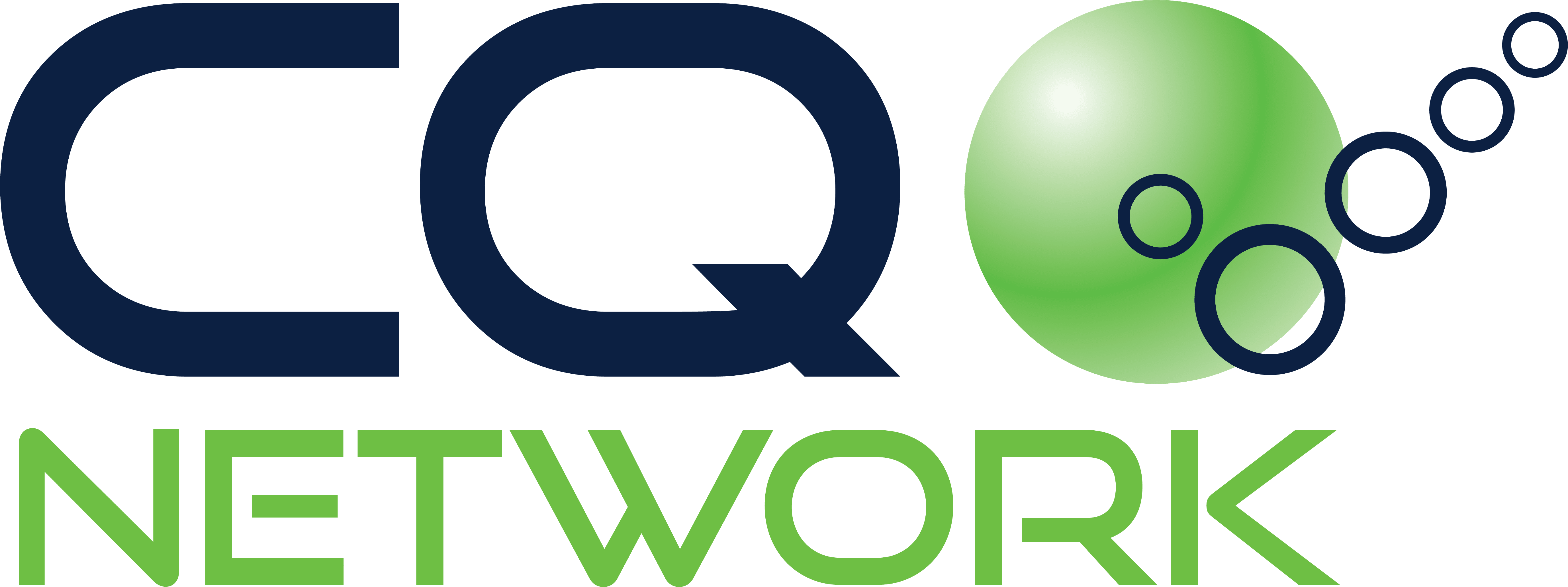
03 Mar Managing Contractors from Start to Finish: The 4 Stages
Contractor management isn’t the most glamorous topic, but it’s an important part of running many businesses. You might have to bring in contractors to finish a project or get the services of a technical specialist without having to pay them a full-time salary, but doing so comes with risks. If the contractors you hire don’t have a solid safety record, proper insurance, or strong risk management skills, they could end up costing your company a lot of money.
There are four stages to reducing your risk when working with contractors:
- Planning the job
- Prequalifying the contractors
- Conducting an orientation
- Assessing performance and providing feedback
Stage 1: Planning the Job
One of the most important steps in the pre-job planning process is defining the scope of the work. This will provide you with a clear understanding of the type of work required. It will also help you outline the qualifications and capabilities a contractor needs to do the job properly.
You’ll want to include:
Required contractor abilities and competencies
Performance expectations, guidelines, and metrics
Timeframe
Cost estimate
Level of risk
In order to determine the level of risk, you’ll need to complete a full risk assessment. This assessment will identify, analyze, and prioritize the hazards and risks that may be involved before contractors step foot on your worksite. Beginning with a risk assessment allows you to design the project with safety in mind (for example, ensuring there are enough anchor points for fall protection), rather than making adjustments afterwards as safety problems creep in. It also means that you can identify the level of risk to the contractor. For projects that are inherently more hazardous, you’ll require contractors with strong awareness of risk and a proven safety record.
Stage 2: Prequalification
This stage is arguably the most important and allows for the opportunity to assess potential contractors against a variety of criteria to ensure they meet the company’s required standards.
In addition to verifying the contractor’s technical abilities, it’s important to look at both lagging safety indicators (e.g. incident rates, EMRs) and leading safety indicators (e.g. internal training programs), whether safety criteria is part of the selection process for workers) during the prequalification stage.
Screening contractors based on safety performance indicators offers peace of mind that the contractor you choose has the knowledge and understanding required to manage risk, complete the job safely, and maintain a safe working environment while on the job site.
If you choose to work with a contractor who doesn’t quite meet one of your screening requirements, then you’ll know in advance and can prepare a risk management plan to address the specific deficiencies.
During prequalification you’ll want to consider:
Insurance coverage
Emergency preparedness
Health, safety, and environmental statistics
Hazard assessment process
Previous audits
Quality control
This stage is critical and can be one of the most laborious, especially if you’re not using dedicated contractor management software.
Stage 3: Orientation
All contractors must participate in a site-specific orientation before beginning work. The orientation should cover:
- Scope of the job
- Identified hazards
- Important information about the company or work site
- Required permits
- Contractor expectations
- Emergency response plans
The orientation doesn’t have to be long, in fact, you should try to keep it brief. It must be thorough and address the specific site where contractors will be working.
It’s smart to welcome two-way communication, ensuring questions or concerns are addressed and that safety requirements are fully understood. Communication can also go a long way to establishing trust, cooperation, and a strong safety culture between the company and the contractor.
After the orientation, the contractor should have a strong sense job expectations, hazards and controls, and how emergencies will be handled. This is not just a box to check off – it’s a key step in ensuring a smooth working relationship and high-quality outcomes.
Stage 4: Review, Assessment, and Feedback
Too often, we put off giving feedback until the end of a project. The feedback process should begin as soon as the work starts. This is especially true when you’re dealing with a new contractor who might not be familiar with your policies and procedures. Providing them with timely feedback about safety performance in the earliest stages can help eliminate issues or keep them from going unnoticed.
You should provide feedback to both supervisors and employees. Address lagging and leading indicators with supervisors so they can make necessary adjustments. Try to provide consistent positive reinforcement to workers who are doing a good job of following your safety requirements. This creates a positive culture of safety and transparency, rather than one based on negative repercussions.
Once the job is complete, be sure to reflect and determine where to make changes to it in the future. Based on your assessment, you may need to modify your prequalification criteria or change the way you communicate and conduct safety orientations.



No Comments